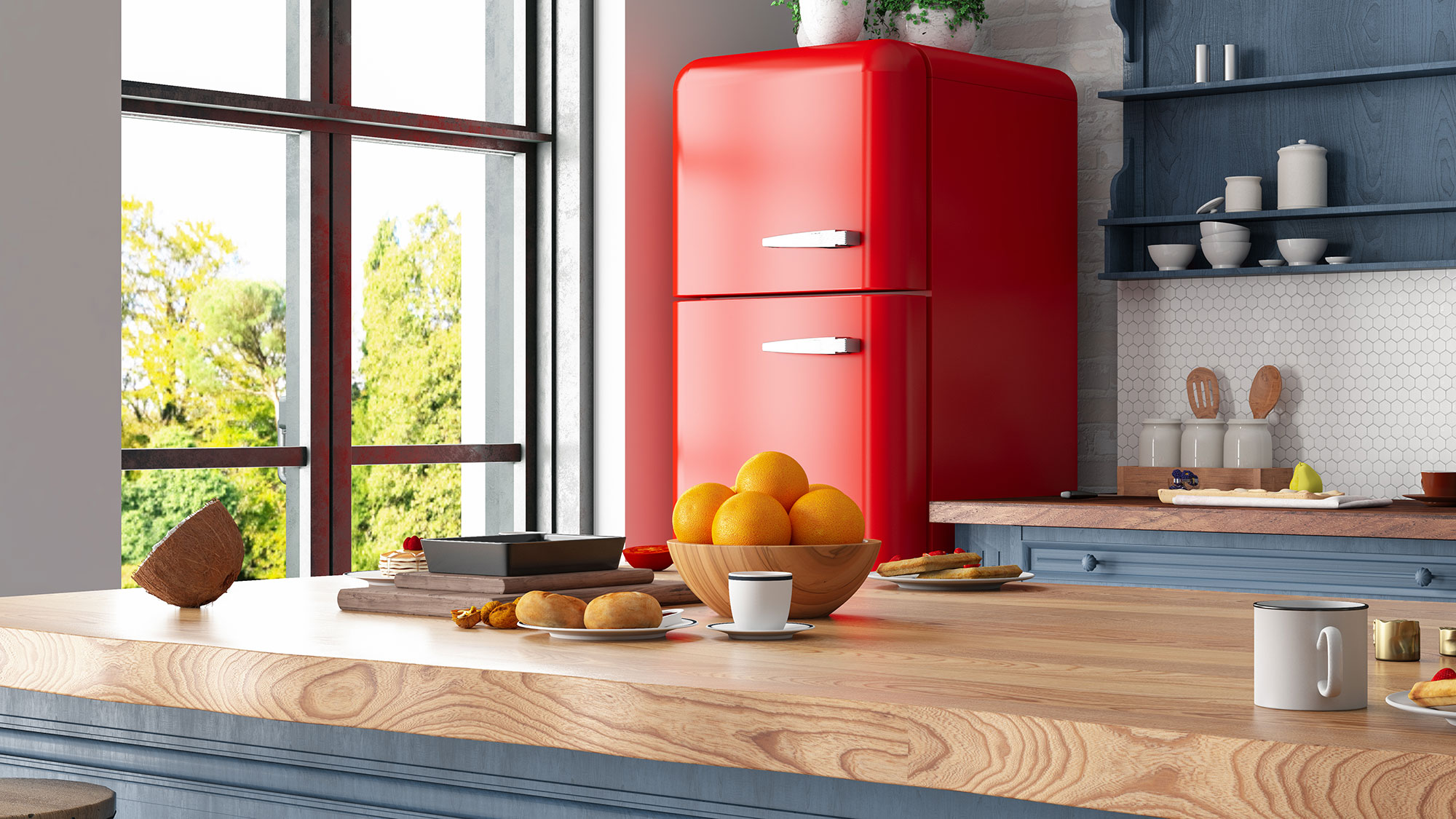
The word refrigerator literally means cold. And, ultimately, the No. 1 function of this major home appliance is to keep your food at an optimum temperature to stay fresh and keep bacteria at bay. Yes, you can buy one of the best refrigerators on the market, but if you don’t stick to the guidance from both the U.S. Food and Drug Administration (FDA) and the appliance's manufacturer, then you aren’t going to benefit from its cooling technology.
If you don’t keep your refrigerator at the right temperature, you’re creating a breeding ground for bacteria. I(t's also worth learning how to clean a refrigerator to avoid this issue.) Given the right conditions, dangerous bacteria will grow on your food making it unsafe to eat. Since a refrigerator’s task is to look after your food, you don’t want that to happen.
Here's what the experts say about keeping your refrigerator and freezer cool, and tips for keeping your food fresher for longer.
How cold should a refrigerator be?
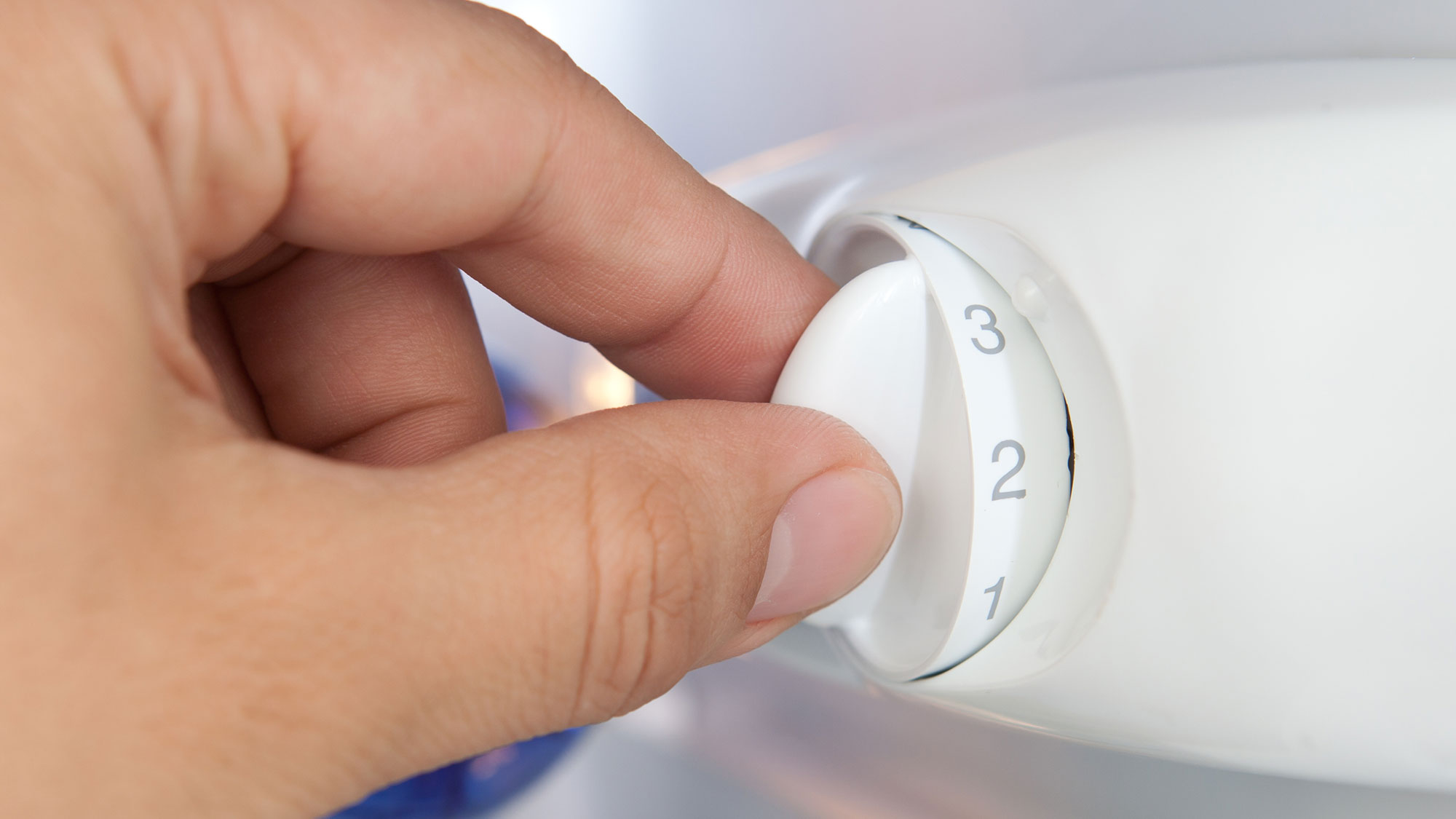
According to the FDA, “To ensure that your refrigerator is doing its job, it’s important to keep its temperature at 40°F or below.” While lots of modern refrigerators have built-in thermometers, the FDA recommends introducing a freestanding appliance thermometer to give you an accurate reading, so you can adjust your refrigerator temperature accordingly.
“The ideal refrigerator temperature is about 37°F, but a range of 33–40°F is generally accepted as safe for most purposes," suggests Bree Lemmen, kitchen brand manager at Whirlpool.
Bacteria can grow really quickly in the right setting, so keeping your refrigerator at a consistent temperature is key. Ultimately, if you don't regulate your refrigerators temperature, experts at Hisense say, "“bacteria such as Salmonella and E. coli can thrive [when the refrigerator is too warm], leading to spoiled food and potential health risks. If the fridge is too cold, certain items, like fresh produce, can freeze, ruining their texture and flavor."
That's right — your refrigerator can also be too cold. Alex Gardner, director of engineering programs for refrigeration at GE Appliances adds, “If a refrigerator is colder than 33°F, then food and drinks will begin to freeze.”
How cold should a freezer be?
Whether you want to stockpile on frozen goods or having a party, you'll want to make sure your freezer is cold enough. “The recommended freezer temperature is at or below 0°F, but it may need to be set higher or lower depending on its environment.” Lemmen reveals.
According to experts at Hisense, a 0°F temperature for the freezer "ensures that your food stays safe and preserves its texture, flavor, and nutrients over time." Too warm, and the food will defrost and spoil.
Five reasons your refrigerator isn’t staying cold
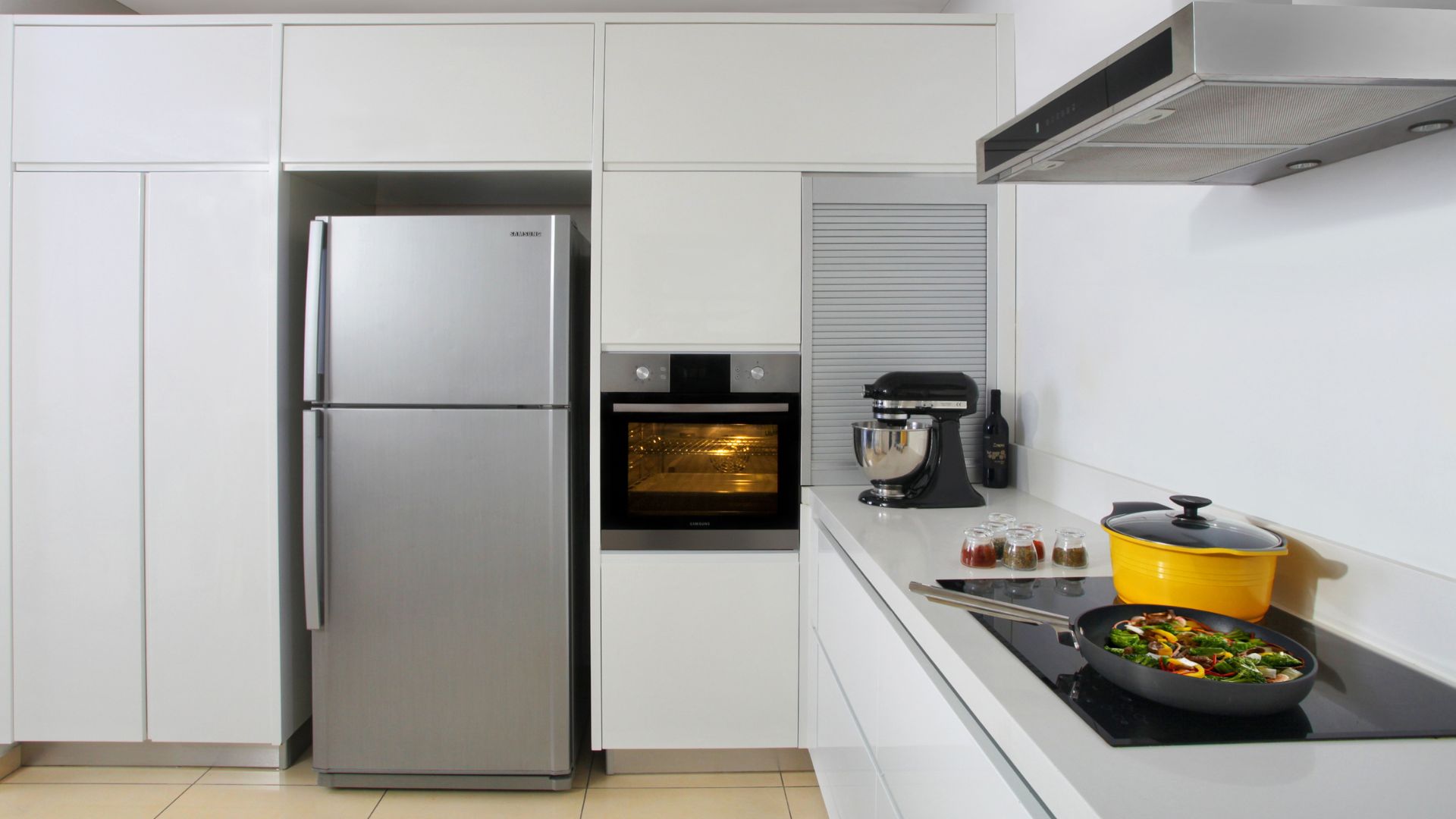
You may notice that your refrigerator isn’t staying as cold as you want it. Maybe you’ve seen the internal temperature drop on the thermometer, or you’ve noticed your food is spoiling quicker than expected.
According to experts, here’s the five top reasons why your refrigerator isn't staying cool and how to avoid them.
1. Overpacking
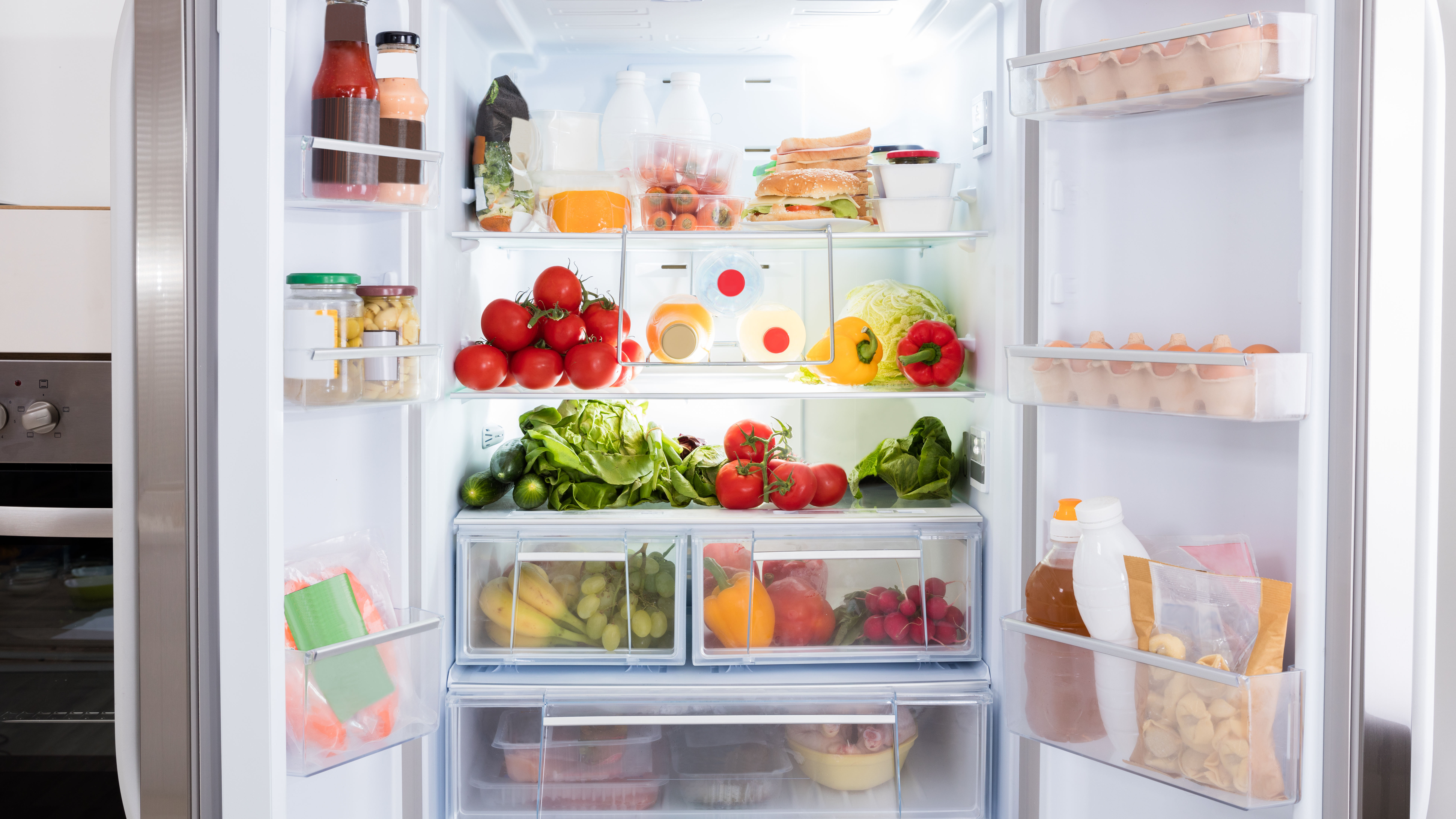
It may seem satisfying to complete your weekly grocery shop, but avoid putting too much into your fridge. Although there are shelves that are for filling up, you shouldn’t pack everything in tightly. “Cold air must circulate around refrigerator foods to keep them properly chilled,” the FDA guidelines say.
2. Hot food
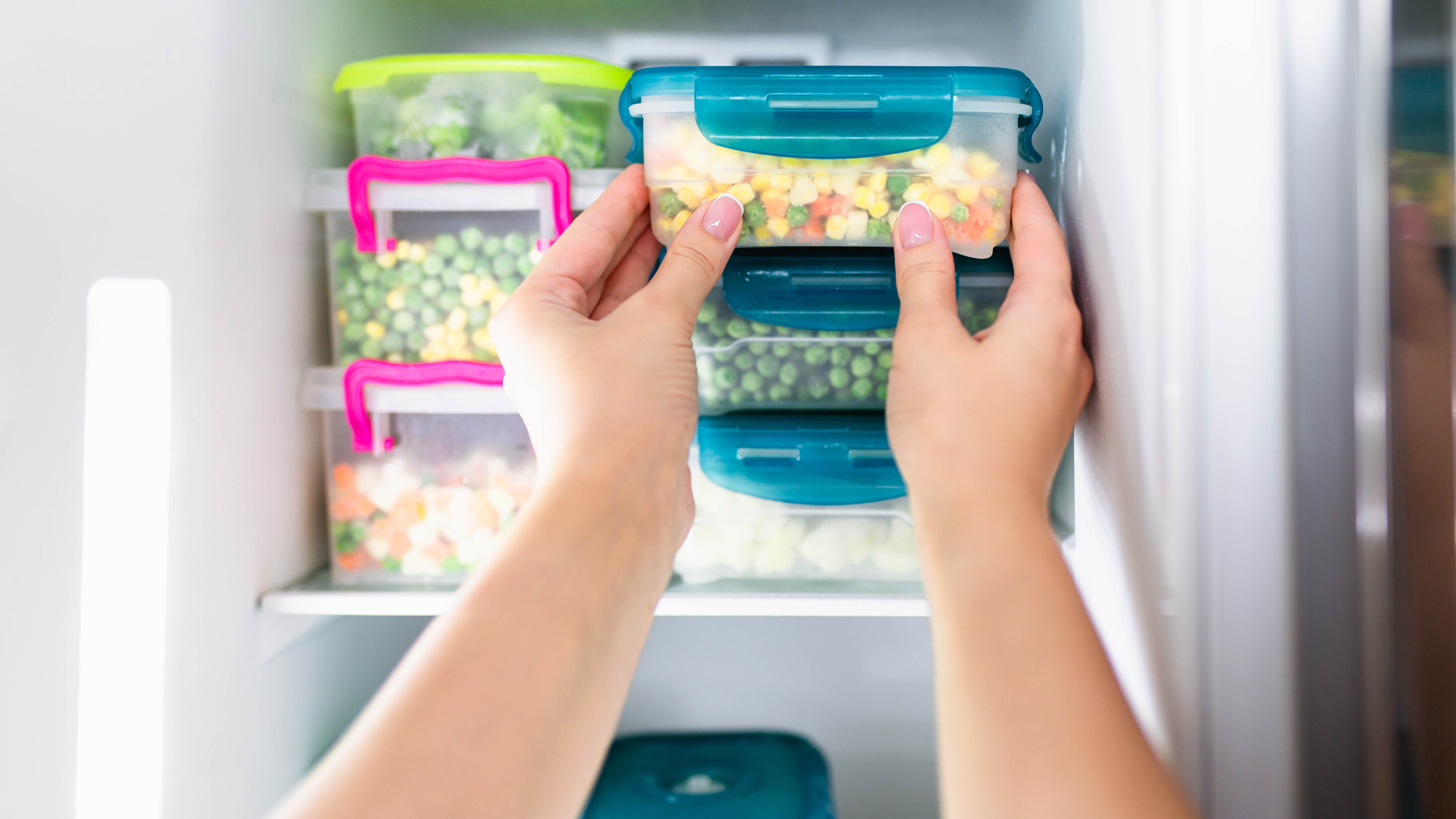
Placing food in the fridge that is still hot can warm up the temperature in your fridge and put the food around it at risk. Let your food cool before placing it in the refrigerator. It doesn’t have to be room temperature or under — just enough to not affect the overall temperature of the refrigerator space.
“When hot food is put into the refrigerator, the refrigerator has to work hard to remove all of the heat from the food through a heat transfer process called convection where cold air is blown over the food to cool it down," Gardner explains. "During this process, the refrigerator transfers the heat from the food to the air, returns the hot air to the cold evaporator and transfers all of the heat outside of the refrigerator so that the air is cold again.”
3. Leaving the door open
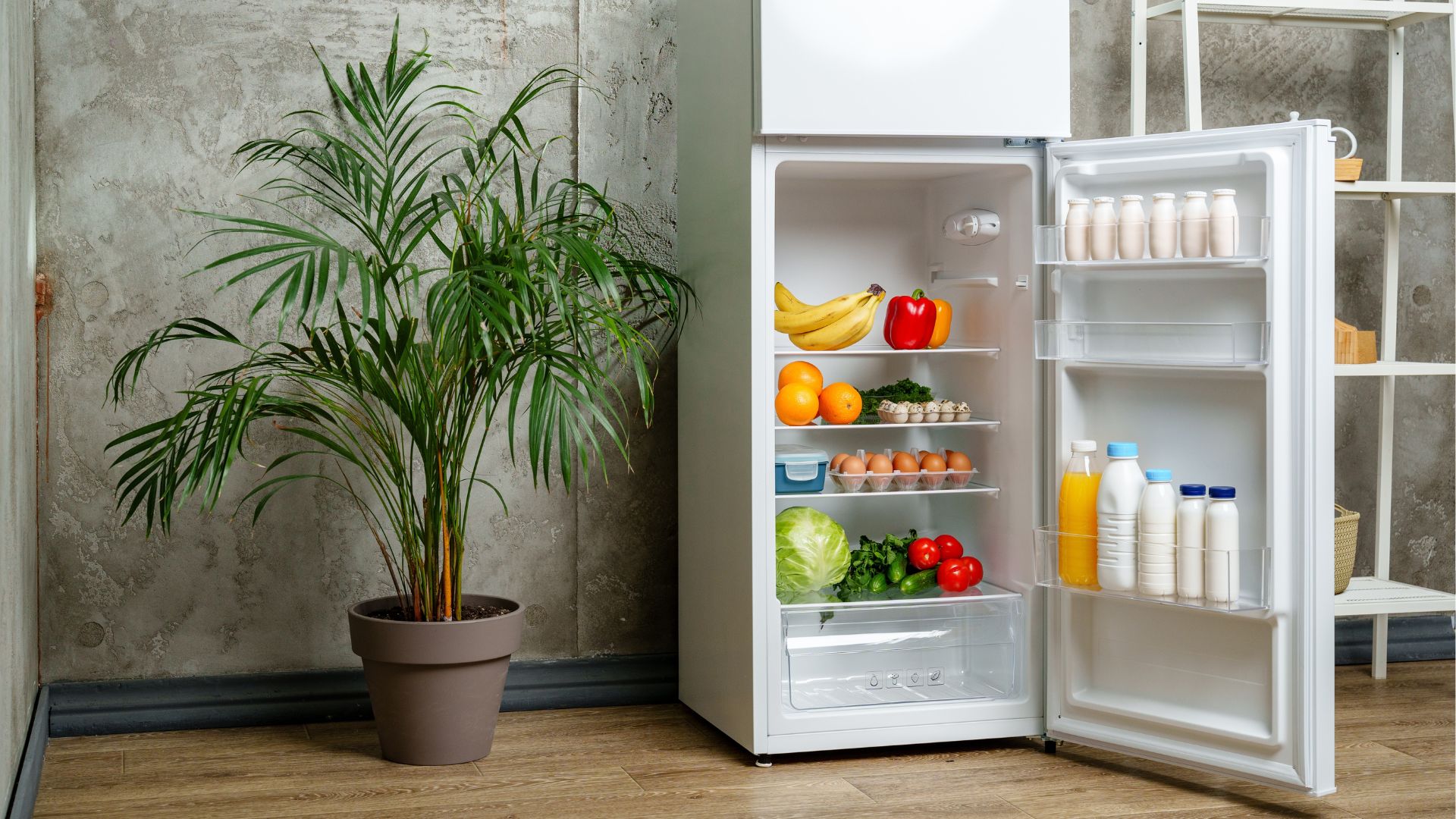
We've all been guilty of doing it, but avoid leaving the fridge door open for long periods of time. “You may not be able to keep a refrigerator cold if it is not properly closed," says Lemmen. "Keep the fridge cool by getting in and out quickly, keeping it fully stocked when able, and ensuring that none of the air vents are actively blocked.”
4. Technical issues
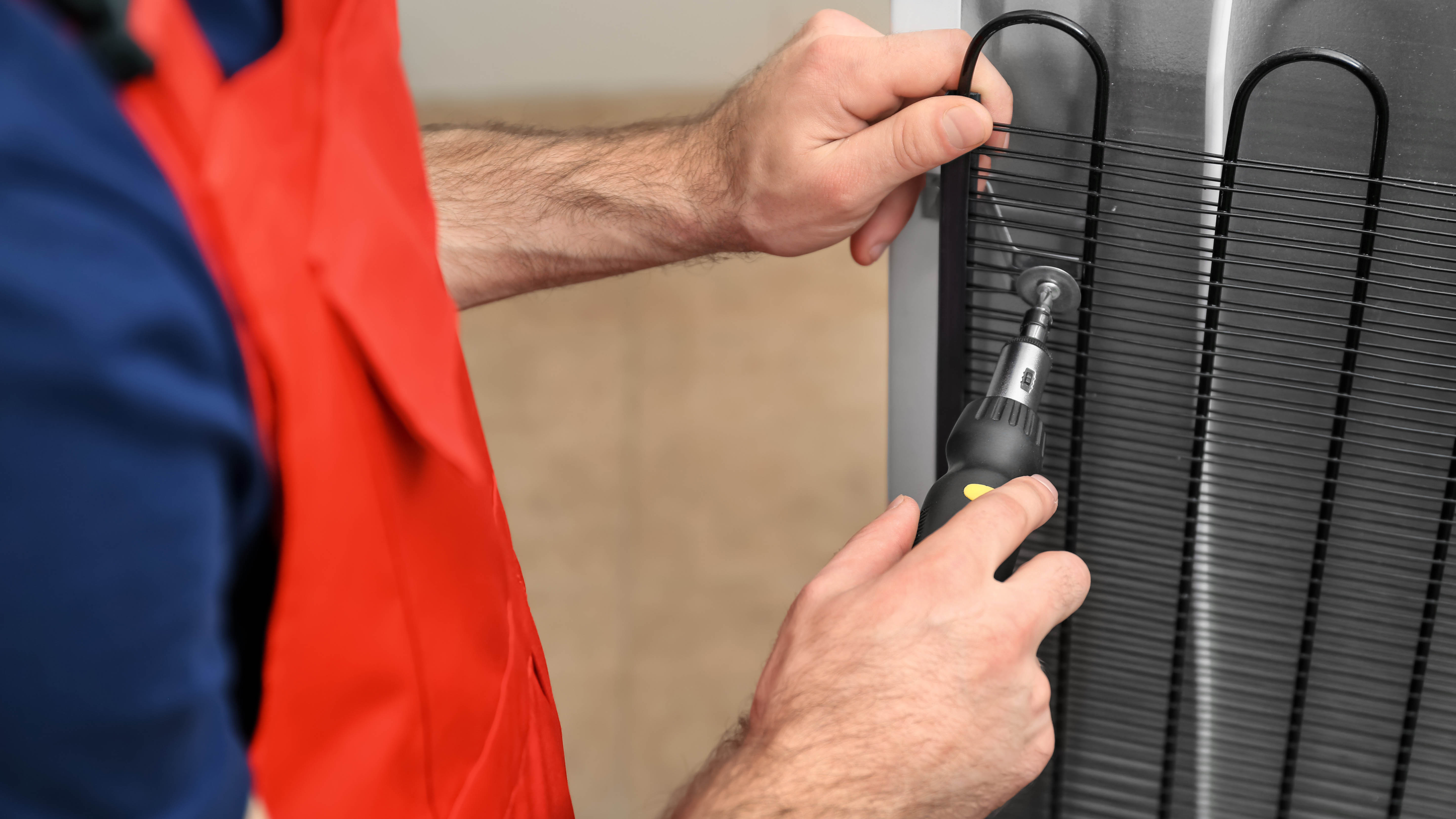
Experts at Hisense reveal there's numerous problems that can occur in your refrigerator that will stop it cooling, "such as a faulty thermostat, damaged door seals, or malfunctioning condenser coils." It's always worth checking with your manufacturer whether there's a fault that needs looking at.
Heather Rubalcava, customer support manager from Whynter, adds the following advice: "A damaged or worn door gasket can let warm air in, compromising the temperature."
But that's not all. "Dusty condenser coils can reduce efficiency. Cleaning them regularly can help maintain proper cooling," Rubalcava adds.
5. Not cleaning your refrigerator often
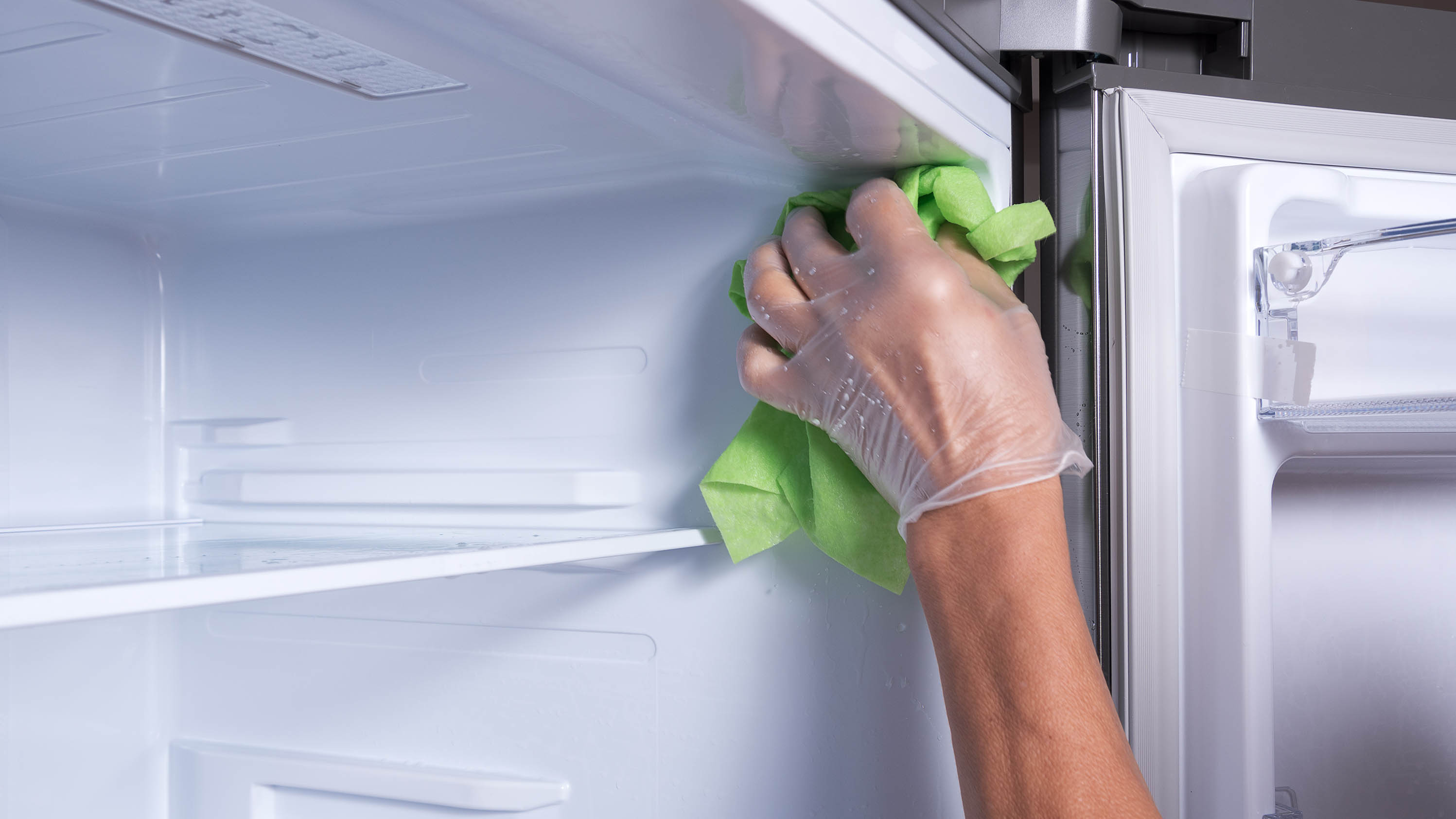
Cleaning the exterior and interior of your fridge is important to keep it operating efficiently. If you notice a spill in your refrigerator, wipe it up immediately. Bacteria can grow from the spills and could spread to other food. The question, "How often should you clean your refrigerator?" is another topic we're happy to answer.
We’ve also got an answer on “Why is my refrigerator not cooling?” if you’re looking for more details on this particular topic. But, with these five reasons in mind, you'll hopefully be able to solve the issue.
How to keep your refrigerator cold during a power outage
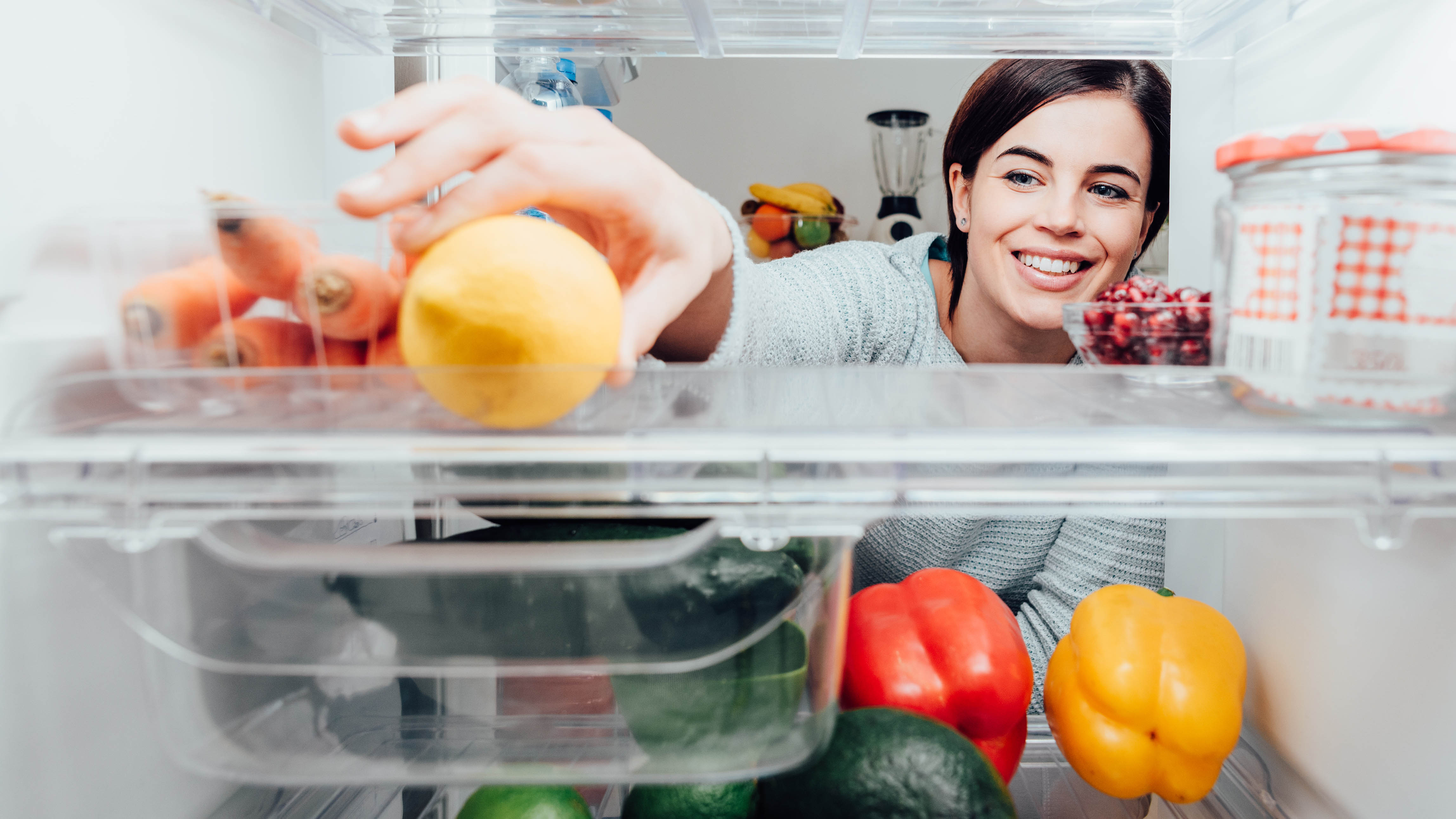
We asked the experts what they recommend you do to resolve a potentially devastating loss of food when the power unexpectedly goes out. Here's what they told us.
- “If you lose power, don’t open your freezer door unless the outage is expected to last over 24 hours," Lemmen said. "A full freezer can usually stay cold enough for around 48 hours—or 24 hours if it is only half full. If it will be more than 24 hours, and a frozen food locker is not readily available, you will need to toss all perishable items."
- Experts at Hisense also recommend "placing ice packs or bags of ice in the fridge to maintain the lower temperature."
- They add that moving food to a cooler filled with ice is also an option.
- Rubalcava from Whynter says that you can also do some preparation, in case of suspected power outages, "Fill empty containers with water and freeze them beforehand. During an outage, these can help keep the temperature down."
When it comes to whether you can eat the food during or after the outage, the FDA recommends that you check your refrigerator and freezer thermometers: "If the fridge is still at or below 40°F, or the food has been above 40°F for only 2 hours or less, it should be safe to eat.”
Gardner adds that, “The refrigerator’s highly insulated walls and doors will act like a cooler to keep everything cold for up to four hours per guidelines from FoodSafety.gov.”
Ultimately, the FDA site adds, “If you’re unsure how long the temperature has been at or above 40°F, don’t take a chance. Throw the food out.”







